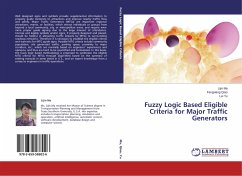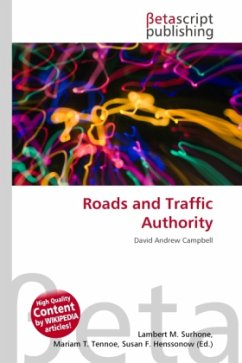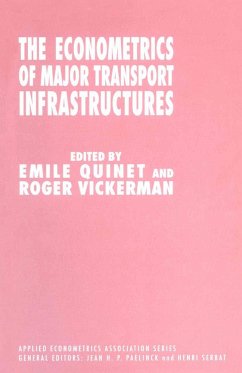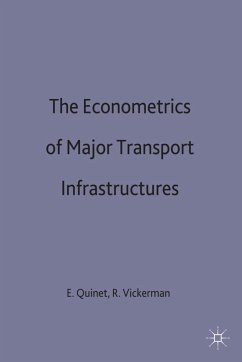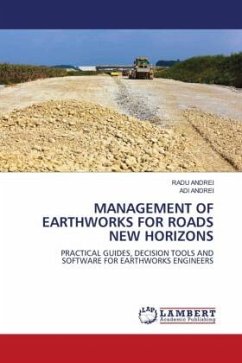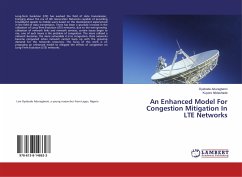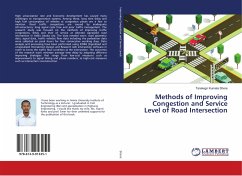
Indices of Traffic Congestion on Major Roads in Akure, Nigeria
Versandkostenfrei!
Versandfertig in 6-10 Tagen
33,99 €
inkl. MwSt.

PAYBACK Punkte
17 °P sammeln!
This book presents a main aspect of traffic engineering by determining the indices of traffic congestion in Akure, a developing city in Nigeria using Oyemekun-Oba Adesida, Arakale and Ondo roads as case studies. All these roads are dual carriageway roads and they can all serve as models for all other major roads in developing country like Nigeria. The indices of traffic congestion [Volume-Capacity ratios (V/C), Minimum allowable speed (P15), Jam density (kj) and Critical delay (dcrit)] were determined from five (5) traffic parameters which were traffic volume, headway, spot speed, density and ...
This book presents a main aspect of traffic engineering by determining the indices of traffic congestion in Akure, a developing city in Nigeria using Oyemekun-Oba Adesida, Arakale and Ondo roads as case studies. All these roads are dual carriageway roads and they can all serve as models for all other major roads in developing country like Nigeria. The indices of traffic congestion [Volume-Capacity ratios (V/C), Minimum allowable speed (P15), Jam density (kj) and Critical delay (dcrit)] were determined from five (5) traffic parameters which were traffic volume, headway, spot speed, density and delay. Data from these traffic parameters were collected during the morning, afternoon and evening periods and analyzed with Microsoft Excel and Traffic Analysis Spread sheet. The indices were compared with Federal Highway Association (FHWA) and Pima Association of Governments (PAG)standards to determine the intensity of traffic congestion on these roads. A ten-year projection to 2025 was done on the data to cater for improved motorization and urbanization, which is a general feature of a developing city.



